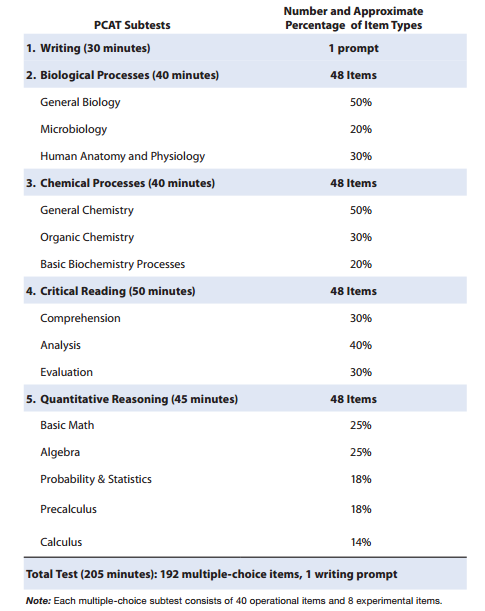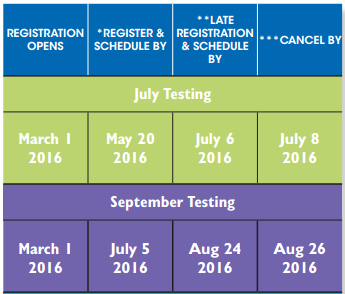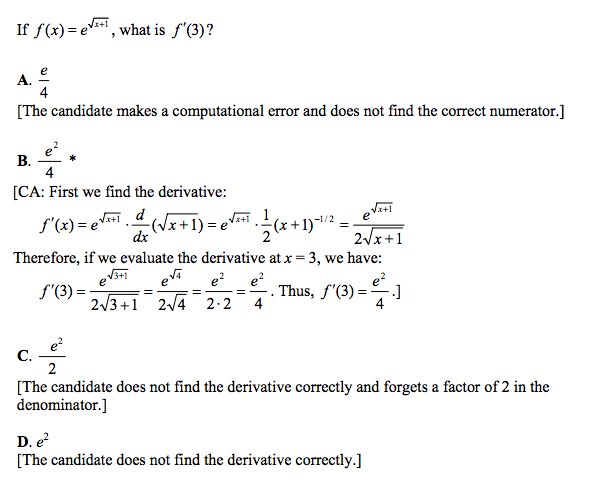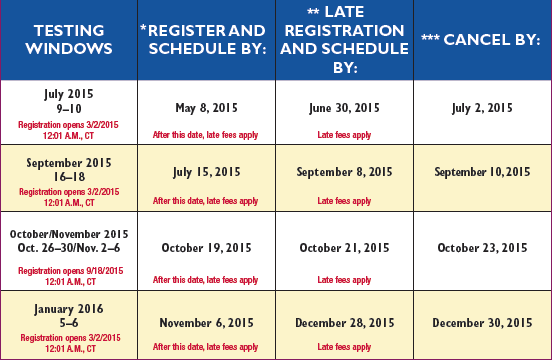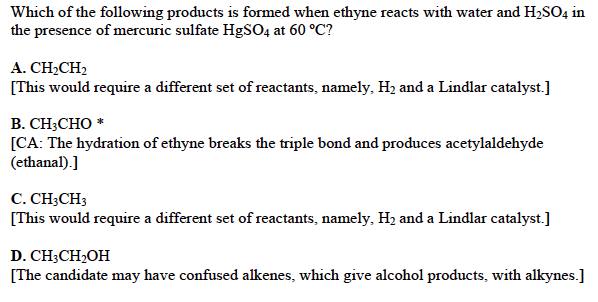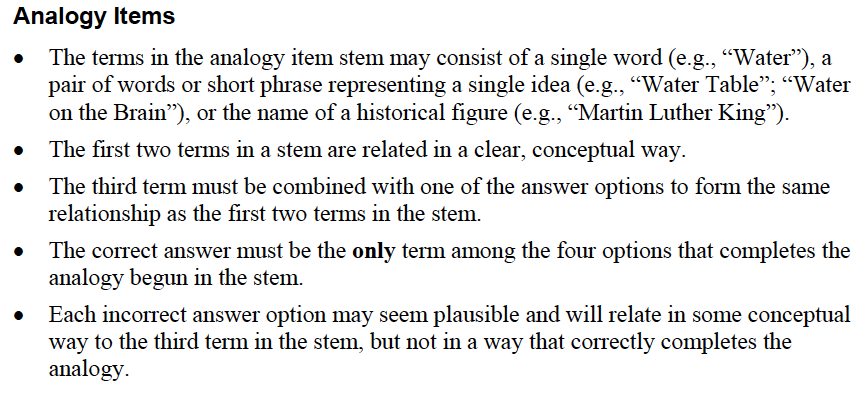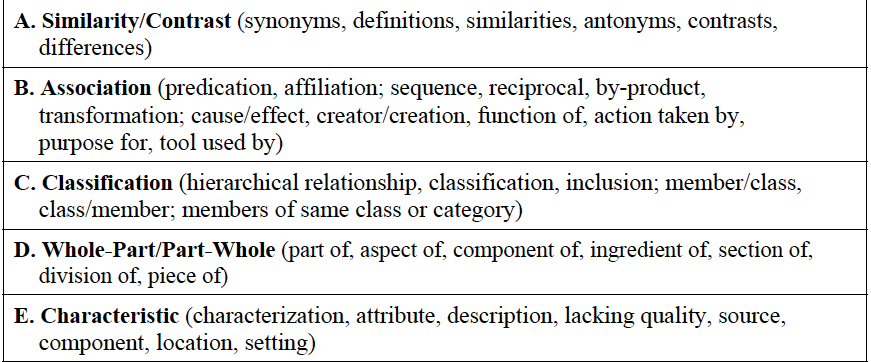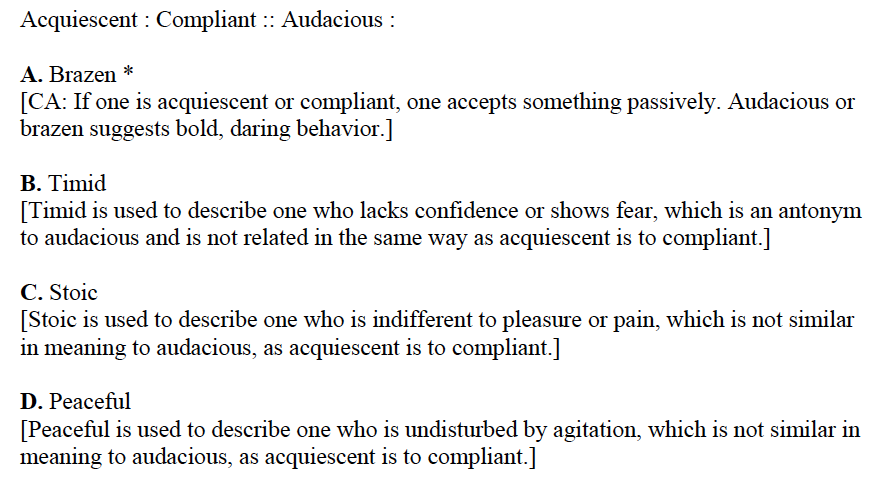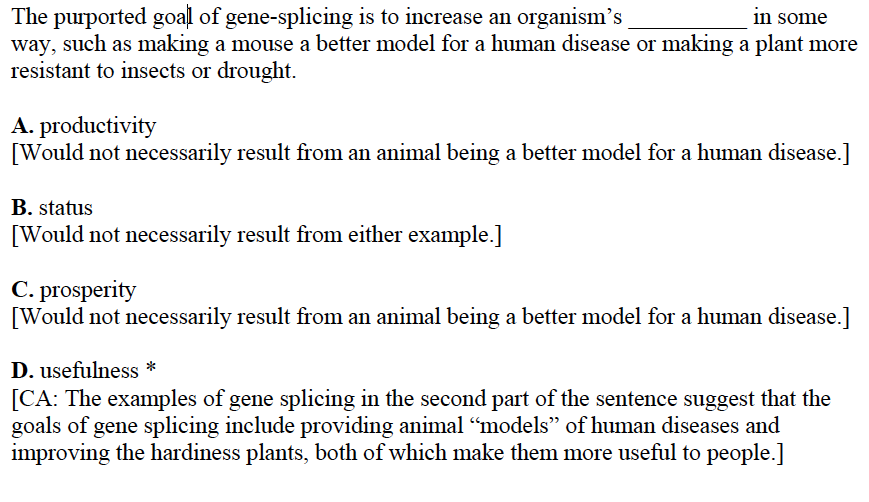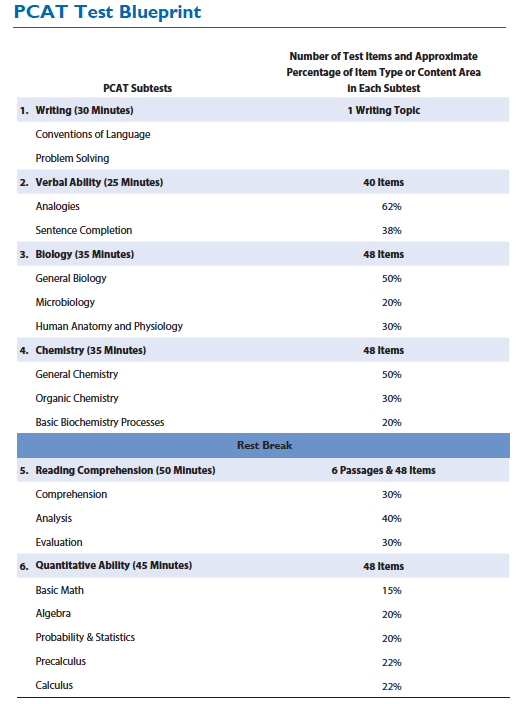This is part 2 of our series breaking down the 2017 Pharmacy Admission Test.
Note: This is an updated version of a series we’ve done before on the blog
Before we dive in just a quick reminder that the registration and schedule deadline for the September 7th-8th PCAT 2017 test dates is July 10th! If you were planning on that testing window… get on it like yesterday! Also registration for the October and November test dates open on September 5th. More info on important dates here.
Now back to our regularly scheduled program!
The third section of the PCAT 2017 you’ll face is… Chemical Processes!
It’s scheduled right before the official test break meaning you might be feeling a little drained by this point but with the right preparation you will be able to power through! FYI questions presented will be both freestanding and passage-based.
The Chemistry Processes section consists of 48 questions
and you will have 40 minutes.
Below are detailed outlines of each the objectives tested in the chemistry section:
General Chemistry, 50% of questions
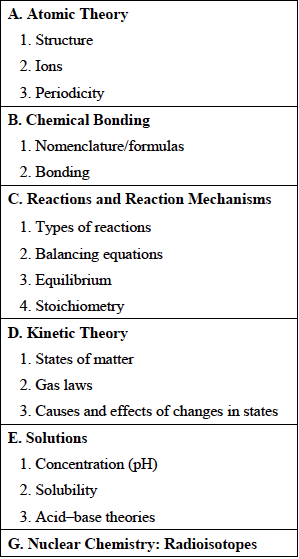
Organic Chemistry, 30% of questions
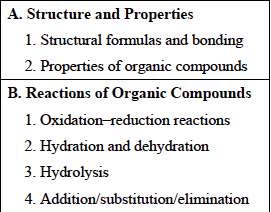
Basic Biochemistry Processes, 20% of questions

Again, with the freestanding questions the knowledge tested may be more straightforward but the passage-based questions require reading comprehension before you even get the Critical Reading section of the PCAT 2017! With the passages you have to be able to (quickly) break down the information presented and be able to comprehend, analyze, and evaluate the text.
Here’s a sample of a freestanding question on Biochemistry Processes of Proteins:
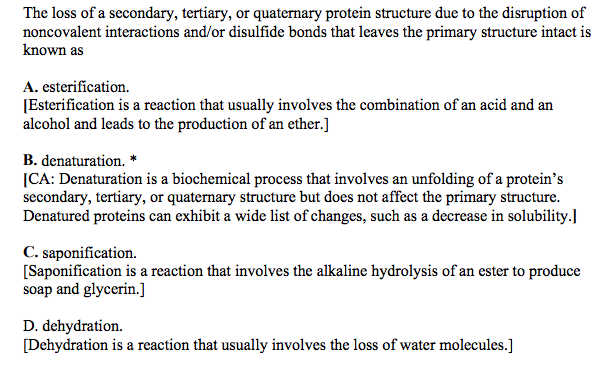
Remember with PCAT Cracker you can take full practice test plus even focus on the sections and objectives you need to hone in on to ace the exam!


